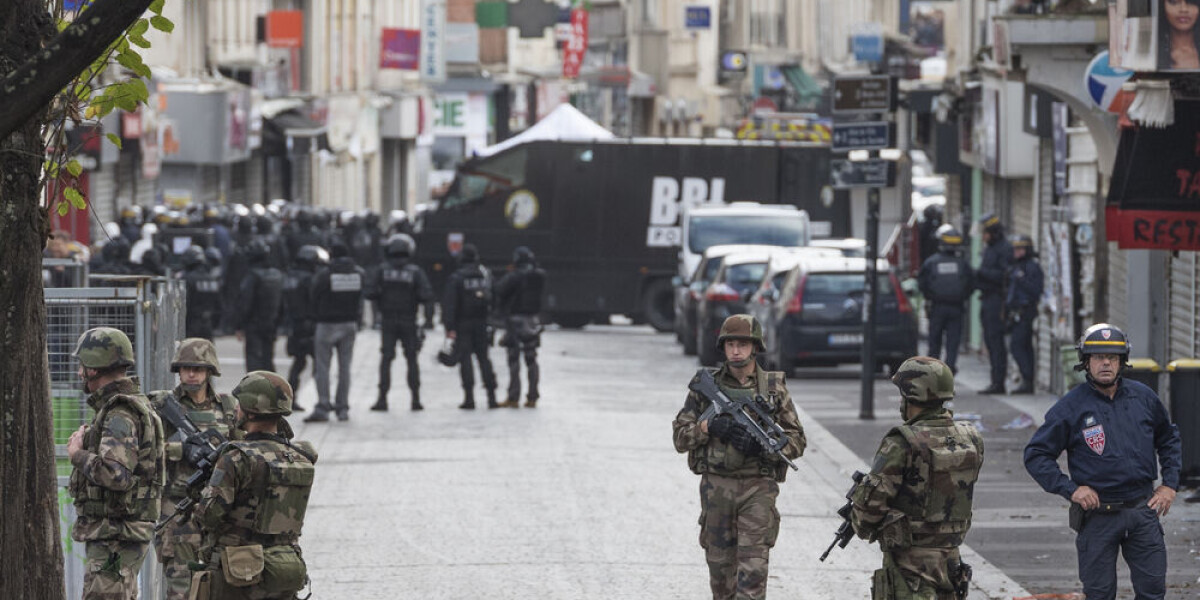
What does the term ‘fiché s’ mean in france?
- Select a language for the TTS:
- UK English Female
- UK English Male
- US English Female
- US English Male
- Australian Female
- Australian Male
- Language selected: (auto detect) - EN
Play all audios:

WHAT DOES IT MEAN IF SOMEONE IN FRANCE IS DESCRIBED AS FICHÉ S? The_ fiche S_ is a watchlist relating to state security – the 'S' stands for _sûreté d’Etat_ (state safety). At the
end of 2018, the list contained 29,973 people who are thought to potentially pose a serious threat. Around a third of them were linked to an Islamist movement. Those who are _fiché S_
(listed on the _fiche _or list) have not yet attempted a crime related to the reason for their listing. Some have not committed any crime but are listed because of their acquaintances.
Listing someone as _fiché__ S_ is used for information gathering, and cannot be used alone to order an arrest. It is the highest level of warning about someone in France. For example, the
shooter at the Strasbourg Christmas market attacks, Chérif Chekatt, was listed in January 2016 for radicalisation - which probably took place in prison - although he had not yet committed a
crime in the name of radical Islam. The objective of the fiche S is to trace movements and acquaintances. Those listed are not under permanent surveillance. Only when the file needs to be
consulted, say if a _fiché S_ is arrested, does surveillance begin. A listing can be wiped off after a year. The Interior Ministry states that the objective is to share information between
police and other law enforcement agencies, including at European level. While additions are made by the French intelligence agency (_la Direction générale de la sécurité intérieure_ - DGSI),
entries can be made based on information from other countries. This provides information about individuals for the purpose of border control and law enforcement between Schengen states.
The_ fiche S_ list forms part of a larger file called _Fichier des personnes recherchées_ – FPR (wanted persons list), created in 1969. It contains the individual’s ID details, their photo,
the reason for their inclusion, and what action to take in the case of confrontation with the police. The FPR includes more than 620,000 people and is divided into 21 sections, including
_Fichier des signalements pour la prévention et la radicalisation à caractère terroriste_ (FSPRT), which is exclusively for religious radicals. This is unlike the wider _fiche S_, which is
broader and contains, for example, right or left-wing radicals. Most people on the FPR are seen as posing a threat to public order, including escaped prisoners and those considered to be
mentally ill and dangerous. Mayors can be informed of people listed in their area. Several of those responsible for the terror attacks that have taken place in France in recent years have
been _fiché S_, a fact that often sparks anger as to why they are left at large. A Senate report into making the system more effective largely concluded that, while technical improvements
are possible to make the system easier to use, what is needed is more communication about what it is for and what it can achieve. Police argue that the system is efficient, despite the
occurrence of attacks committed by _fiché S_ suspects. By not arresting people as soon as they are considered suspects, police say they are able to dismantle networks and prevent terrorist
plots without tipping off the perpetrators too early. SEND YOUR QUERIES ABOUT LIFE IN FRANCE BY EMAIL TO: [email protected]_.
